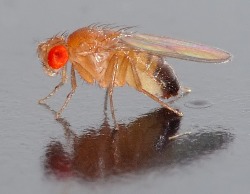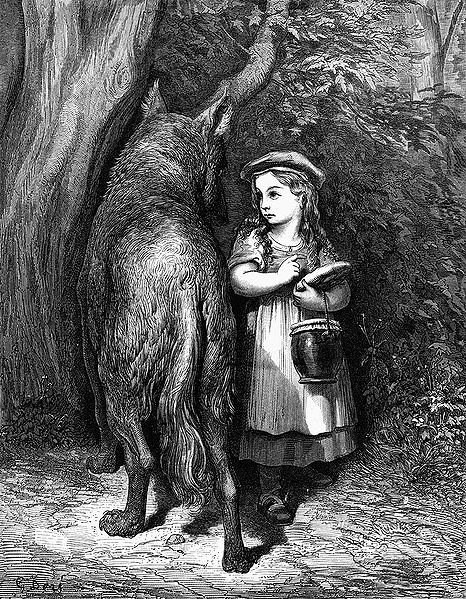Why I Have More Ideas than a Fly
By Peter LloydA fly’s brain is composed of pretty much the same stuff as mine—neurons. But a fly will never write a Right Brain Workout. Even if it wanted to, neither could a very clever dog or the world’s brightest bonobo. Some would attribute me and you—people who can write, draw, sing, or invent—some mysterious power like creativity. But creative ability may come from numbers and not much more.
 Examine closely and compare fly brains with human brains and you’ll see that the building blocks, our neurons, look an awful lot alike. The obvious difference is quantity. About a million to one when we’re talking human vs. fly-brain neuron counts.
Examine closely and compare fly brains with human brains and you’ll see that the building blocks, our neurons, look an awful lot alike. The obvious difference is quantity. About a million to one when we’re talking human vs. fly-brain neuron counts.We know that numbers win when it comes to idea generation. Working alone you have only your 100-billion neurons. Working with other creative people multiplies your neuron count and with it your chances of coming up with more and better ideas. Get into crowdsourcing with lots of creative people and... you get the idea. But can numbers alone give us creativity?
The case for numbers
With many, many more than enough neurons to just survive, our brains can afford to set aside areas devoted to functions flies can’t even begin to imagine. Like language, long-range planning, parties, playing soccer or the saxophone, collecting stamps, and postponing gratification. The last one’s a big one. As difficult as it seems to pass up an extra helping of cheesecake, some of us can do it, because we can envision better health and a slimmer waistline.
Delayed gratification demands better and better rewards on the other side of the wait. We have to be able to envision the gratification we work to create. The most novel rewards we imagine can’t be described in terms of what we know. Imagine trying to describe tweeting to your great-grandmother. As difficult as that might seem, it’s possible, because our surfeit of neurons gives us a wonderful tool—the metaphor.
What’s a Meta For?
You can tell your dog or cat or a fruit fly the story of Little Red Riding Hood. The mammals might appreciate your voice and the quality time, but not the
 story. Even if they could understand language well enough to know you were talking about a little girl, her grandmother, a wolf, and a woodsman, they would miss the point. But as a child, although you understood that wolves can’t talk and that Little Red would certainly recognize the wolf in her granny’s jammies, you followed the metaphorical course of the tale.
story. Even if they could understand language well enough to know you were talking about a little girl, her grandmother, a wolf, and a woodsman, they would miss the point. But as a child, although you understood that wolves can’t talk and that Little Red would certainly recognize the wolf in her granny’s jammies, you followed the metaphorical course of the tale.Your brain and mine handle symbols, parables, analogies, and figures of speech as adeptly as spiders spin silken webs and dung beetles roll cow manure. That power, whether a product of our neuron count or something else, works like a mighty lever. It lifts and launches our concrete ideas into the infinite realm of the abstract. It allows us to express what would be inexpressible without metaphorical thinking. Better yet, to make connections with other abstract ideas. And it’s possible that power comes from the numbers.
For some eye-opening examples of how metaphors deeply affect our lives, read
This Is Your Brain on Metaphors by Robert Sapolsky.
Peter Lloyd is co-creator with Stephen Grossman of Animal Crackers, the breakthrough problem-solving tool designed to crack your toughest problems.
